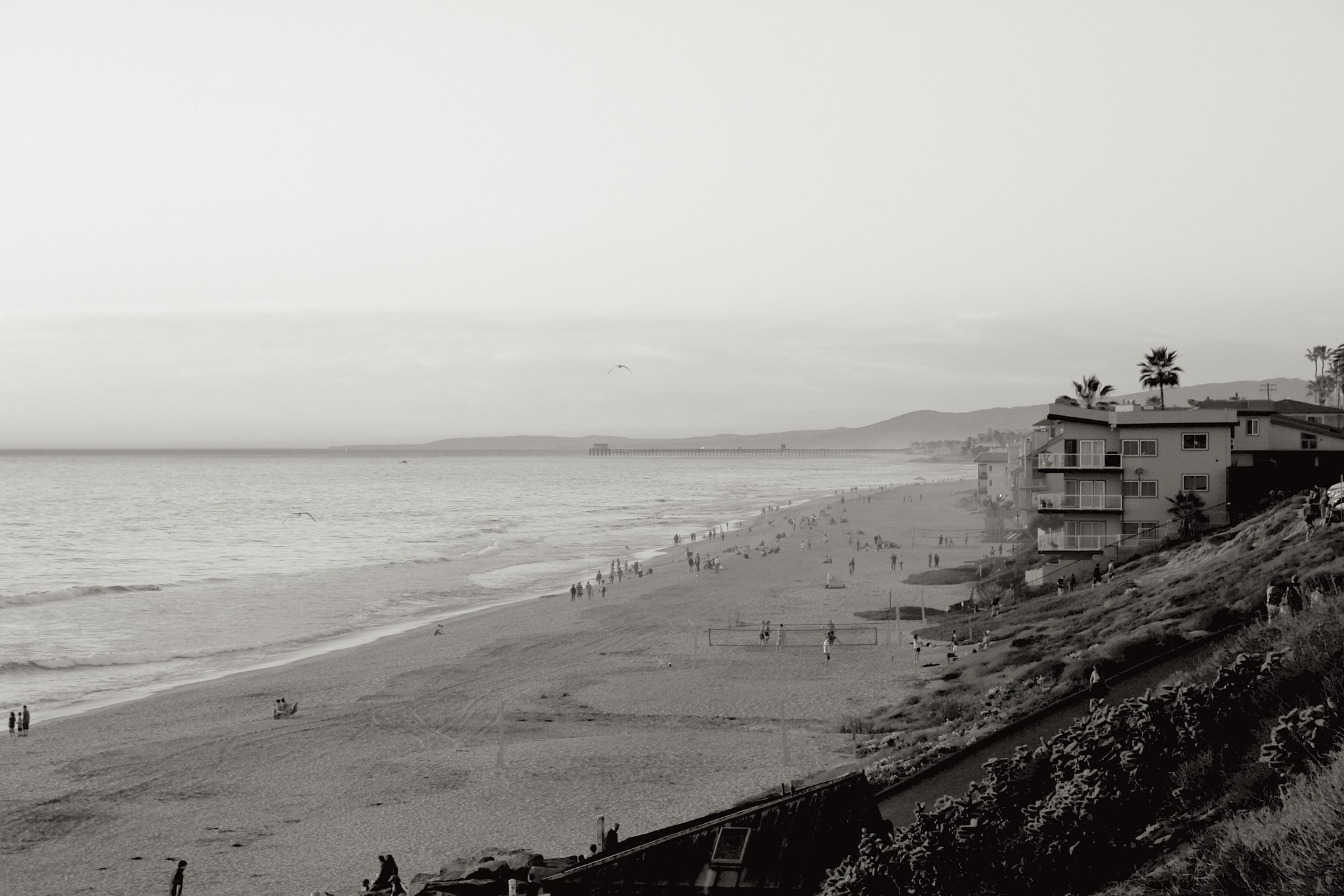In this lesson, we'll focus on luring as a tool for getting your dog to move in the direction you want them to go. Once they understand the concept of following a lure, we'll lure them into the heel position (walking next to you). We'll use our "marker" from lesson 1 to show them this position is a rewarding place to be.
Exercise: Luring
Sit, down, hop-up, lay-down, roll-over, come… so much of what your dog will learn is how to move their body when they hear a command. So, we need to teach your dog that when we’re holding food in front of them, they need to follow our hand to unlock the food. “Following your nose” comes naturally for most dogs, but not all. We’re going to need this for lots of other things. Here’s what to do:
While your dog is hungry and you have its attention, hold out some food.
Stand still and draw your dog’s sniffer in different directions (left, right, up to the sky, and down to the ground).
When their nose catches up to your hand, mark then reward.
Avoid saying "come" or repeating their name while luring. We want to save the word "come" for recall later and the more you use it outside of this context, the less powerful that word will be later.
TIPS AND TRICKS
☝️
If your dog is uninterested in food, stop the drill and wait till next mealtime to continue. Or, up the reward to something more valuable to your dog.
☝️
If you started training your young puppy to sit or lay down very early, they may offer these behaviors the moment they see food in your hand. It might sound counter intuitive, but we need to break this reflex of theirs in order to teach the concept of luring. So, press through it and don’t reward that auto-sit or that auto-down. Get them to follow the lure.
☝️
Use this time to work on smooth food delivery. Hold the treat in the crook of your thumb and let them pluck it out with their tongue – no teeth chomps!
Exercise: Lure Into Heel Position (aka the "Bubble O’ Fun!")
Instead of fighting to keep our dog next to us with a leash, we’re going to introduce the heel position as the Bubble O’ Fun. The idea is that there’s a bubble area next to your left leg where all the fun happens. It’s the place to be! Find an open area that isn’t too distracting and do the following:
Walk/skip/dance away from them in an exciting way, with your back to your dog.
As they run up to you, lure them with a reward so they come up behind you on your left (heading in your same direction – don’t turn to fact them)
The second they come up along side you, mark then reward.
Try not to stop when delivering the reward, but it’s okay if you can’t manage it.
Keep marking and rewarding while they stay by your side. As long as they’re in the Bubble O’ Fun™, marks and treats rain down from the heavens. Remember, be fun.
As soon as they leave the bubble, all the fun stops. If you change directions and they don’t follow (that’s okay!) the fun stops. Time to reset!
Repeat.
It’s going to take a while for them to figure out the game but after a few sessions, you’ll see them start to put it together. The better you time your marker the faster they’ll learn what the game is.
TIPS AND TRICKS
☝️
If you have a “velcro” dog that won’t leave your side (lucky!) then you may have difficulty creating distance. To solve this, throw some kibble on the ground and make your escape while they pick up those peaces.
☝️
At first, they’re not going to know that your left side is the place to be. That’s where the luring comes in. Reach back, get the treat close to their nose, and help guide them along to your left side. Keep facing forward though!
☝️
Don’t say “come” or call their name. If you need to grab their attention, make some noises (“yip-yip-yip!”). We’re not teaching recall yet. We want to save that word for later.
☝️
Don’t say “heel” yet. We don’t want them responding to a command for this yet. Instead, we’re building the desire for them to want to be there voluntarily.
Increasing Difficulty
Once they understand the game, you can start making things a little harder by changing the picture. Don’t try to ratchet up the difficulty too quickly though. The more they fail, the more opportunity there is for confusion, so introduce these changes a little at a time:
Try less luring as they come up behind you and see if they understand to go left on their own.
Try not stopping once they get to your left and marking and rewarding as you walk.
Try rotating your body a little to the right as they come up behind you to see if they keep coming around to your left.
After a few sessions of this, your dog might start just appearing next to your left side throughout the day. Don’t be afraid to praise and reward this behavior, even when it’s unsolicited. This is a great sign they’re understanding the Bubble O’ Fun™ concept. Sitting or standing politely to your left and facing the same direction is where it’s at!

Homework
10-15 MINUTES • 2-3 TIMES A DAY
Both exercises can be practiced at once in the same training session. Remember, keep training sessions short and fun!

The Bigger Picture
WHY ARE WE DOING THIS?
Luring with food
Directional luring is an important concept in dog training for several reasons:
Speed of learning other skills: When we eventually teach your dog to stay in a heel position, do a spin, rollover, or jump through our arms, we'll need a way to guide their body. Luring helps us show them how to get into position easily and quickly.
Silent teaching: Luring lets your dog focus on the movement without the distraction or confusion of having to worry about a word or command. Once they understand the movement of a behavior, then we can "name" that movement with a command like "rollover!" or "spin" which pairs a word with a behavior they've already practiced a bunch with luring.
Low stress: Luring is a low-stress, fun way to teach new things. Dogs, just like humans, learn more quickly when stress is low.
Remember, the goal with luring is to eventually fade the lure so your dog performs the behavior without needing the incentive every time. It's a tool for teaching, not a permanent crutch.
Introducing the heel position
We want a dog that will heel next to us whether they're attached to a leash or not. Once we get to the "loose leash walking" lesson, things will be easier if we have a dog that's already eager to get into the heel position and is comfortable hanging out there.
This also gives you the opportunity to stack two fundamental dog training skills: mark-and-reward and directional luring. If dog training was basketball, this drill is like practicing walking and dribbling the ball; we'll get to shooting baskets later.
The really big picture
Zoom out again and there’s something else we’re shaping–your relationship with your dog. Dogs really do like to learn, they enjoy completing tasks, and they want a job to do. By setting boundaries and expectations for them, you’re setting yourself up as the teacher in their life and the person they look to for leadership. You’re the one they should look to if they’re confused, they’re scared, or otherwise in need. You're the person that provides constancy and stability.
Dog training is so much more than teaching tricks and rigid obedience. Through training we’re strengthening our bond. If they stick with us and follow our lead, the world makes sense.

